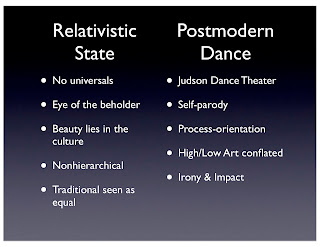The 4 Es of Evaluating Programs
One day I walked into my office, overwhelmed with what lie
ahead. Treading water inside my head, making a to-do list was a release valve
that took away some of the pressure. As I finished, I looked at the list,
paralyzed where to begin, what to do first. I plugged away for hours and hours
until the end of the day I realized, I had gotten little of importance
accomplished.
I reflected back on my choices of what to work on from my list and it seemed that all the small inconsequential busy work sucked my time and energy. My mind tricked me by procrastinating through meaningless tasks. My subconscious dictated that I could not give my full energy and focus to the meaningful things until I had cleared away, cleaned up, and taken care of all the loose ends. The result: I never touched the meaningful things.
Essential
Read more at http://www.brainyquote.com/quotes/authors/l/lin_yutang.html#splGkq2OQ6RQ2tMi.99
Efficient
Excellent
4 Es from James Robey
I reflected back on my choices of what to work on from my list and it seemed that all the small inconsequential busy work sucked my time and energy. My mind tricked me by procrastinating through meaningless tasks. My subconscious dictated that I could not give my full energy and focus to the meaningful things until I had cleared away, cleaned up, and taken care of all the loose ends. The result: I never touched the meaningful things.
What’s worse, I realized how many tasks on my list did not
need to be there in the first place. So, I devised a system to simplify my list
by deciding what was worth taking on and what was okay to say no to. These 4 Es
keep me focused in the direction I want to go and help guard against the
multitude of distractions that can take get me turned around. In work, I use
them to evaluate what projects, programs, and tasks to reinforce, revise, or
drop.
At the National Association of Schools of Dance conference
in Salt Lake City, Utah, I shared the 4 Es with colleagues following a
presentation. From the response in the room and the questions that followed
over the next three days regarding the 4 Es, I realized that others face the
same dilemmas. We all need some way of evaluating what is essential, what is
effective, what is efficient, and what is excellent.
Ask yourself, does this project, program, or task align with
core values? If so, how closely? Is it merely extra?
"Besides the noble art of getting things done, there is the noble art of leaving things undone. The wisdom of life consists in the elimination of non-essentials." ~ Lin Yutang
Read more at http://www.brainyquote.com/quotes/authors/l/lin_yutang.html#splGkq2OQ6RQ2tMi.99
Often, we try in our programs to do too much. We try to be
everything to everyone and take on projects that do not align with who we
really are as people, as departments, or as institutions. If it is essential to
your core values, say yes. If not, figure out how it can align with your core
values or drop it.
Effective
Ask yourself, does this project, program, or task bring
about the desired outcome? How can we measure its effectiveness?
Just because something is essential does not mean it is
necessarily effective. Some things we do, some projects continue, simply
because they have been going on for a while. Measuring its effectiveness helps
decide whether to continue. If it can be fine-tuned, do so. If not, drop it.
Efficient
Is the program, project, or task designed in a way that
directly leads to the outcome? Is there a leaner way to do it?
You have determined that it is essential and effective; now,
find the most efficient way to accomplish it. Clear away wasted steps,
redundant procedures, and bureaucratic knots. Avoid wasting time and energy.
Does the quality of this program, project, or task reach a
standard of excellence?
The old saying goes that if something is worth doing it is
worth doing well. After determining that it is indeed essential, effective, and
efficient, and clearing away things that are not, means that you have the
energy and resources to focus on doing it well.
My to-do list still swells to the brim at times, but now I
am more confident that those items are more essential, more likely to be
effective, continually being adapted for better efficiency, and, because of
each of the preceding thresholds, meeting the desired standard of excellence.


Comments
Post a Comment